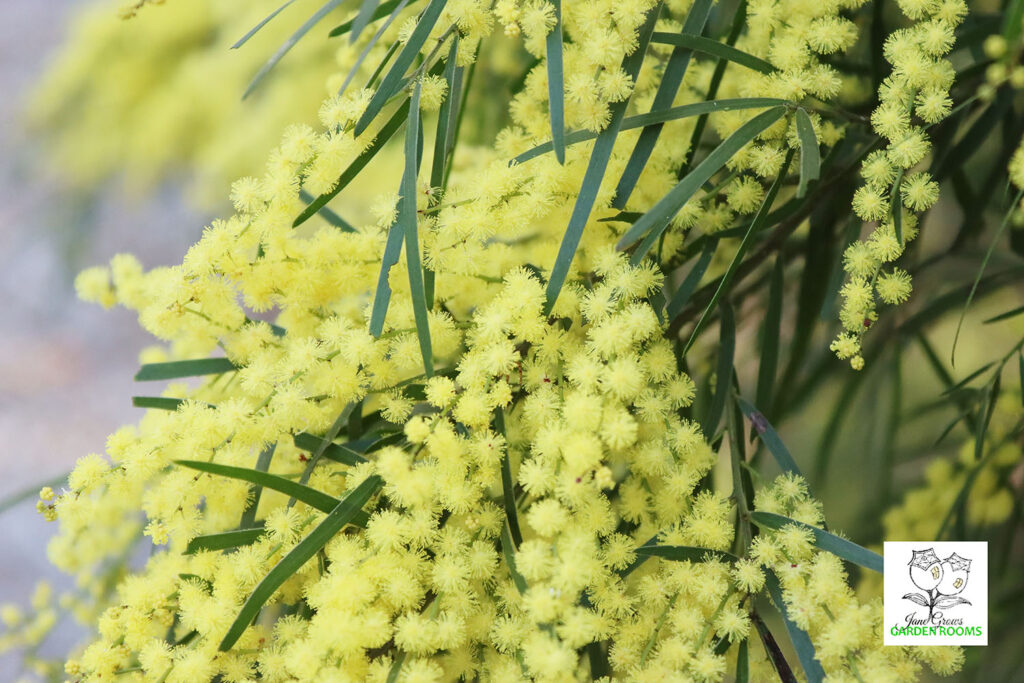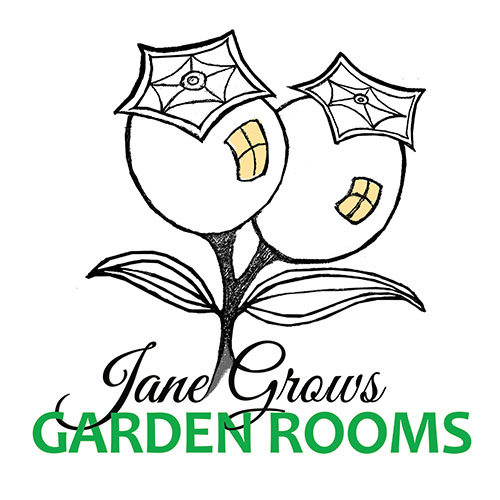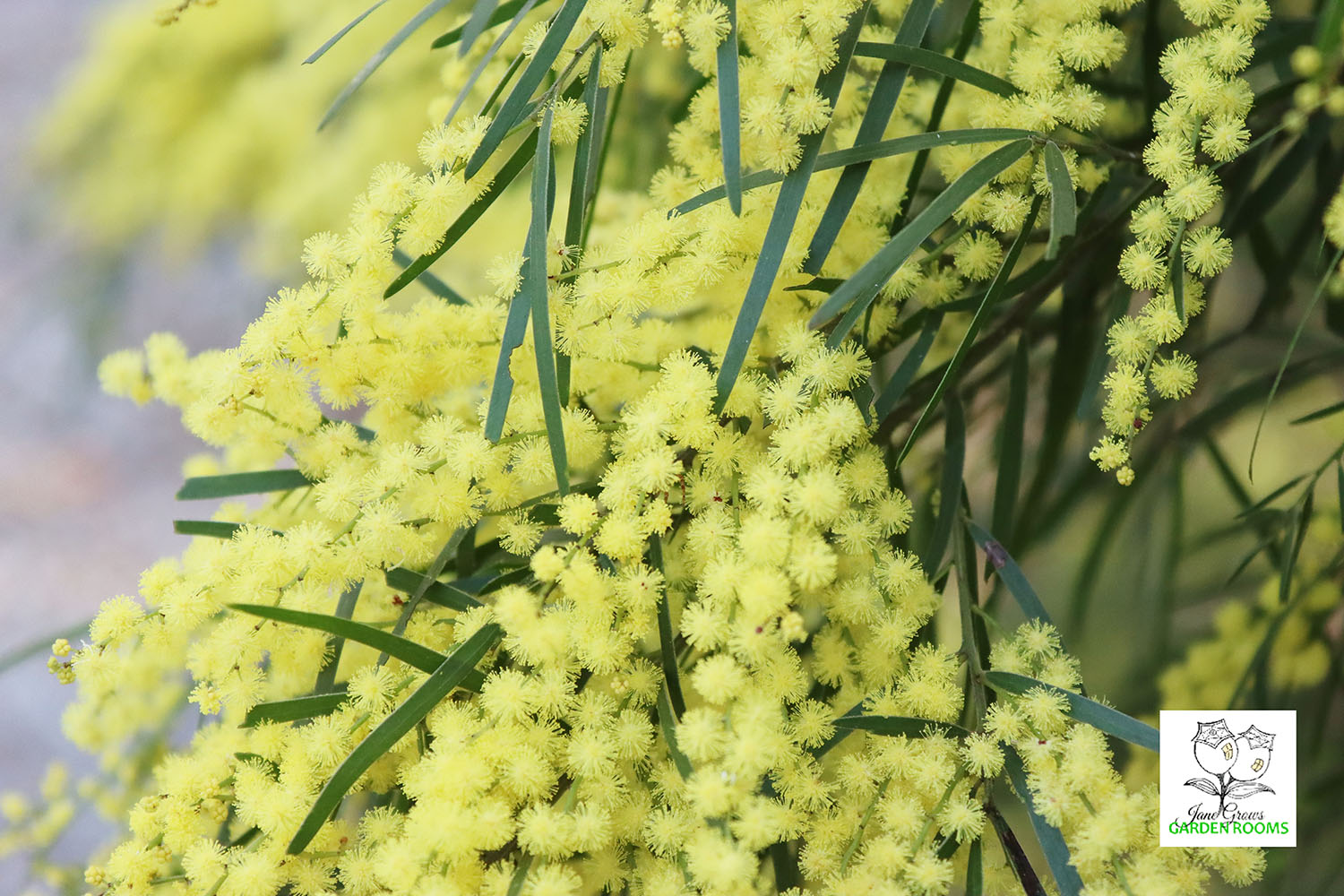A Nutty Flavour With Coffee Notes…

It’s hard not to notice the golden blooms of this wattle in August. Tamborine has many Brisbane Wattles (Acacia fimibriata) growing wild in the bush and on acreage blocks. While the pollen can be frustrating for those of us with hayfever, this wonderful small tree offers countless ecosystem services.
Edible Seeds
Apparently this variety of Wattle was harvested by the local Wangerriburra people to make into pastes and breads after baking and grinding. It is said to have a nutty flavour with coffee notes. Today wattleseed is becoming a popular ingredient for cakes, biscuits and as a component for crumbing meat. Its main barrier to further distribution is that it is difficult to harvest
on a large, commercial scale.
Humans aren’t the only creatures making a meal of these nutritious seeds which are gluten free and up to 26% protein. King Parrots, Rainbow Lorikeets, Crested Pigeons and Scalybreasted Lorikeets (among other birds) can be observed feasting on the seeds in late August and September. Some
insects and marsupials also enjoy this nutritious snack.
The dense foliage of the Brisbane Wattle offers small birds a refuge. One year on our block we watched a Scaly-breasted Lorikeet fledgeling live in an established tree for almost two months before it learned to fly.
No True Leaves
This Acacia is found in coastal regions and tablelands from Brisbane south to Sydney. The second half of the scientific name, “fimbriata” is Latin for “fringed” and refers to the tiny hairs on the leaves. The leaves, like those on most Acacia species, are not true leaves. Rather, they are “phyllodes”, or
modified stalks, helping the tree prevent moisture loss.
Good for the Soil
Acacia species are legumes which means that they fix Nitrogen in the soil. This makes them a great companion plant in our area where the soil can be poor and hydrophobic. It’s a great plant to help prevent erosion and with pruning makes an effective and pretty privacy screen.
Growing Conditions
This hardy variety can be propagated from seeds or cuttings but is a relatively short lived tree with a life span of only 8-12 years. It grows quickly up to 6 metres and responds well to pruning. It prefers a well drained loamy soil but will tolerate almost any soil type in either full sun or part shade.
Once it is established it is drought tolerant, but prefers a position sheltered from strong winds. Having said all that, my favourite thing about this plant is the way it lines our roads and streets with gold in late Winter and Spring.
For more information and photos please visit: https://janegrowsgardenrooms.garden/2021/07/12/plant-profilebrisbane-wattle/.
By Jane Frost (Jane Grows Garden Rooms)

